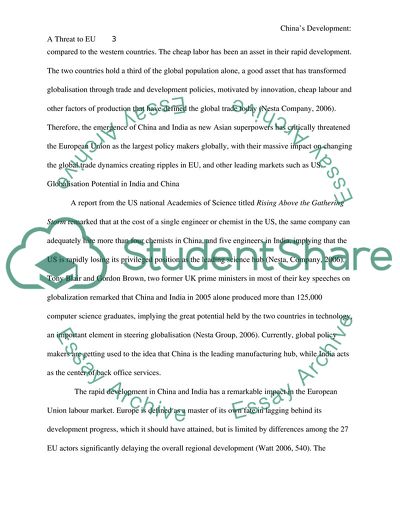Cite this document
(European Union Economy: Issues and Policies Term Paper, n.d.)
European Union Economy: Issues and Policies Term Paper. Retrieved from https://studentshare.org/macro-microeconomics/1801727-european-union-economy-issues-and-policies
European Union Economy: Issues and Policies Term Paper. Retrieved from https://studentshare.org/macro-microeconomics/1801727-european-union-economy-issues-and-policies
(European Union Economy: Issues and Policies Term Paper)
European Union Economy: Issues and Policies Term Paper. https://studentshare.org/macro-microeconomics/1801727-european-union-economy-issues-and-policies.
European Union Economy: Issues and Policies Term Paper. https://studentshare.org/macro-microeconomics/1801727-european-union-economy-issues-and-policies.
“European Union Economy: Issues and Policies Term Paper”, n.d. https://studentshare.org/macro-microeconomics/1801727-european-union-economy-issues-and-policies.


